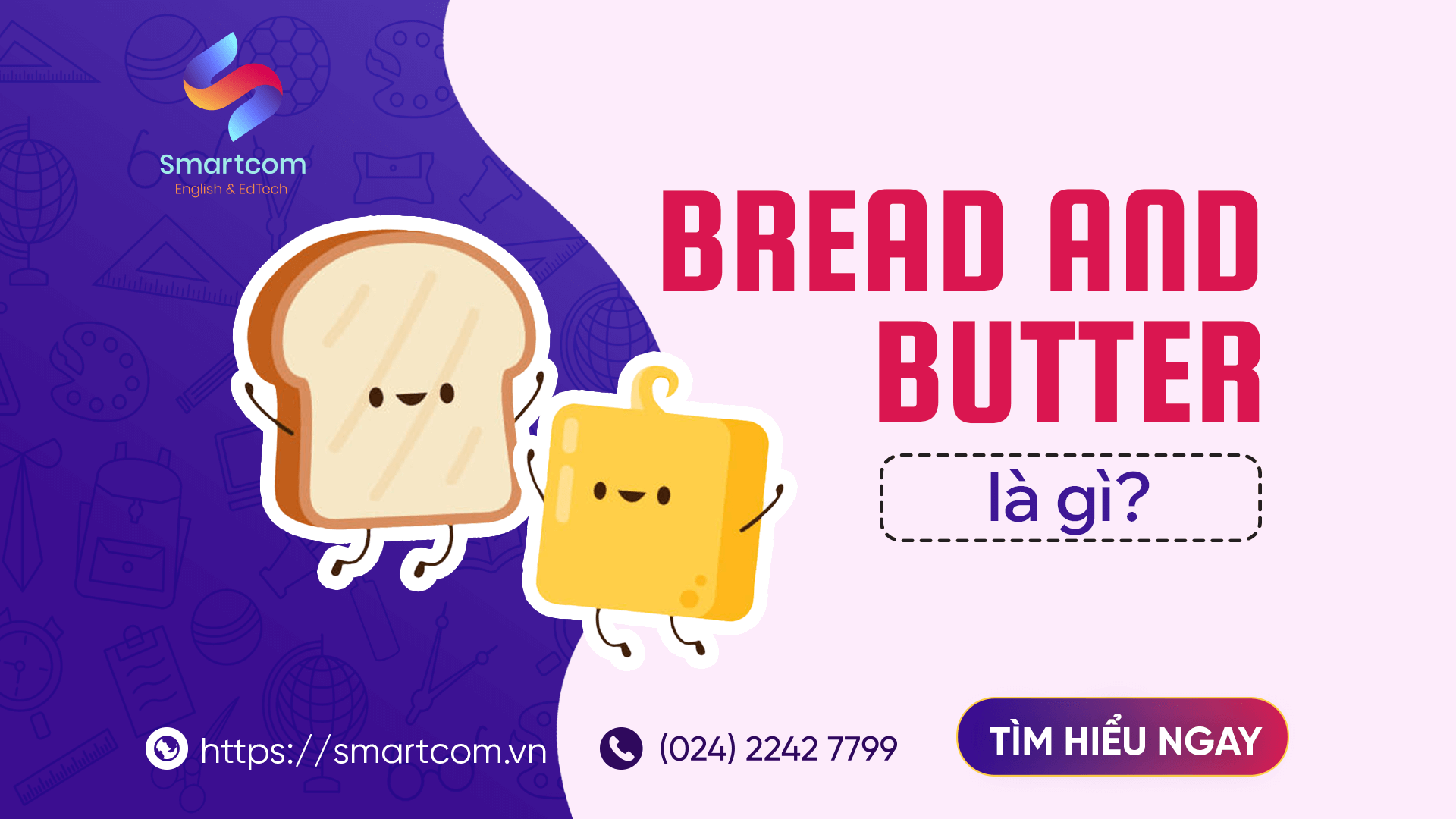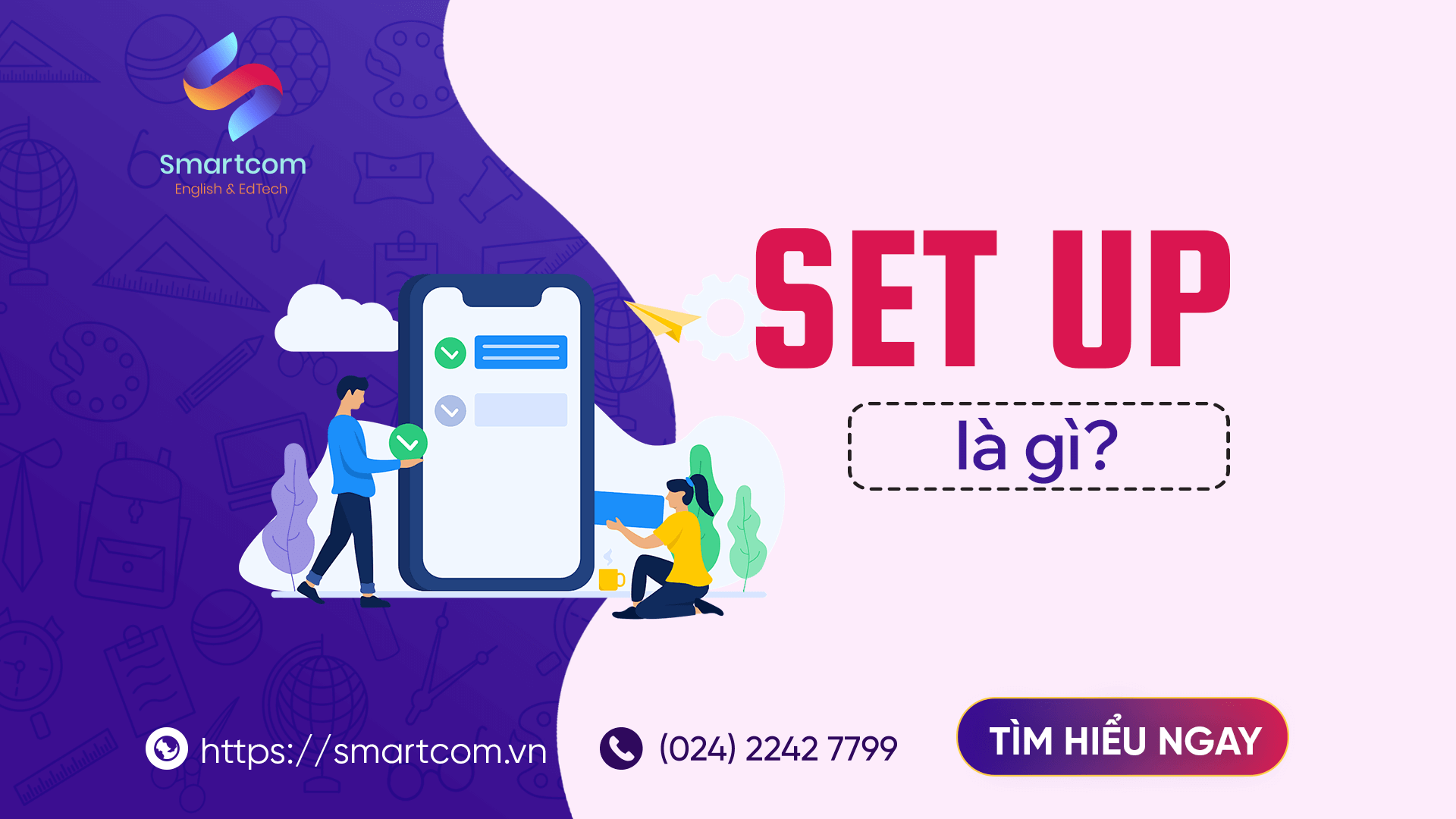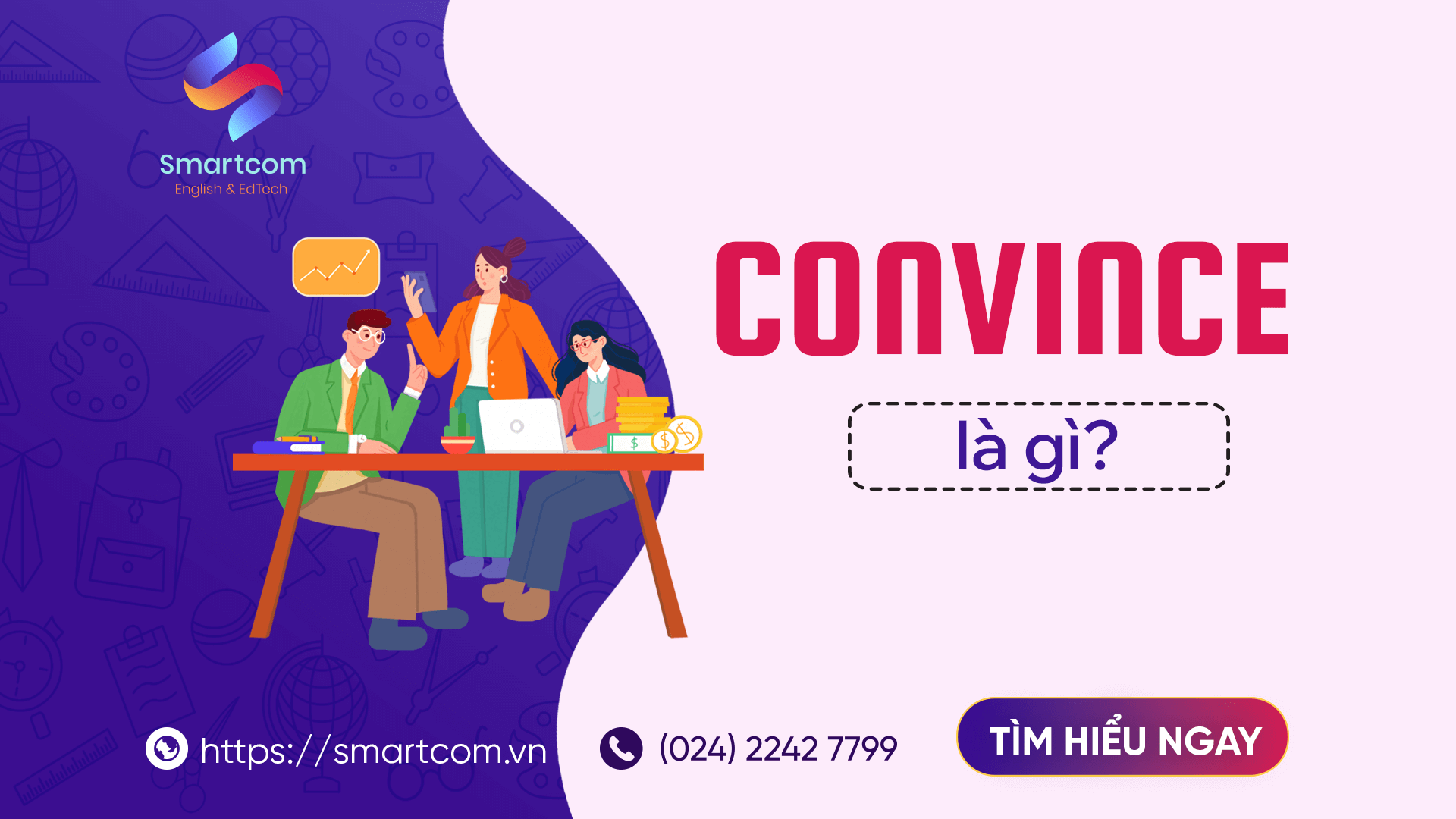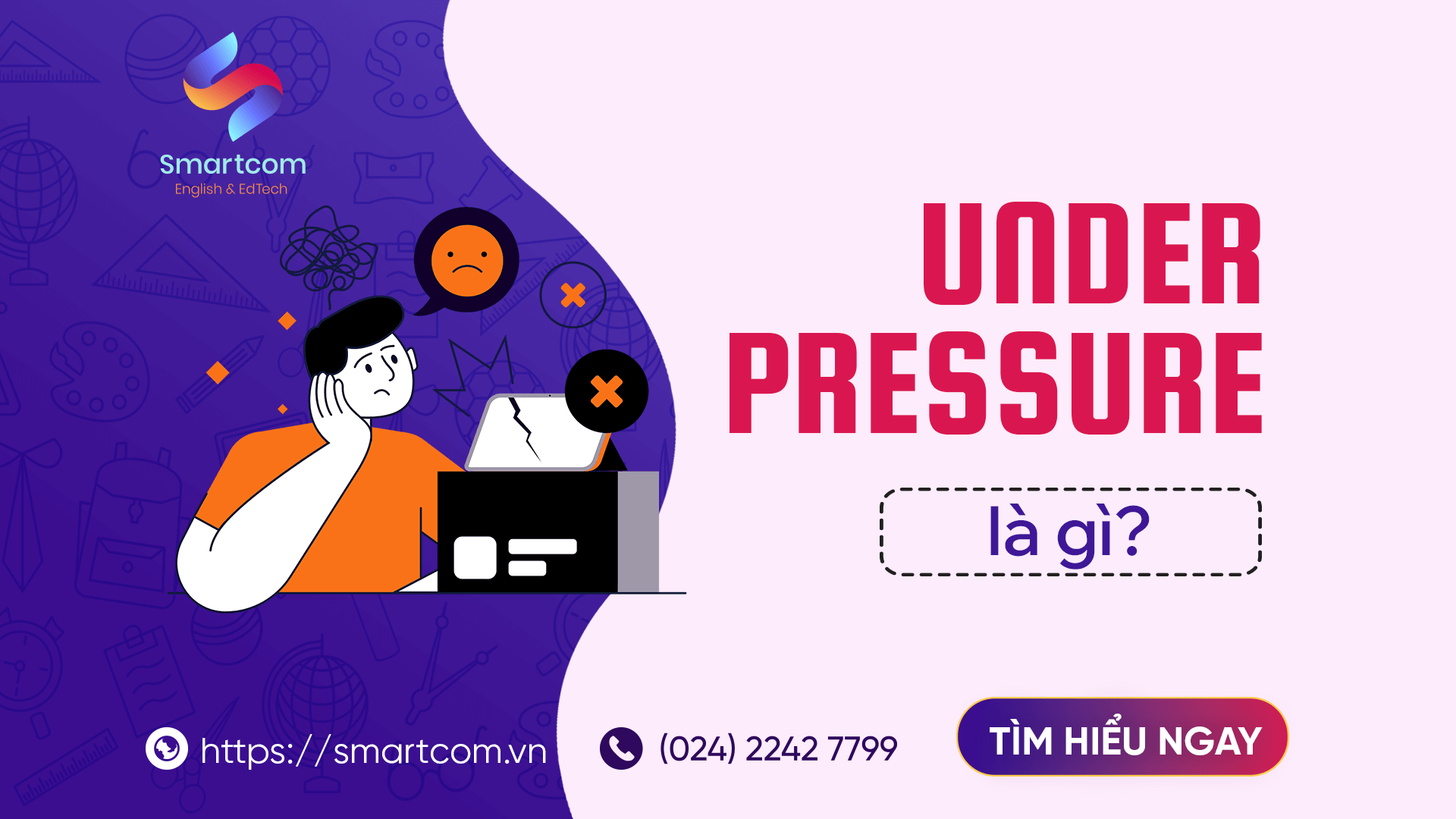Đội ngũ chuyên gia tại Smartcom English là tập hợp những chuyên gia đầu ngành trong lĩnh vực IELTS nói riêng và tiếng Anh nói chung. Với phương pháp giảng dạy sáng tạo, kết hợp với công nghệ AI, chúng tôi mang đến những trải nghiệm học tập độc đáo và hiệu quả. Mục tiêu lớn nhất của Smartcom Team là xây dựng một thế hệ trẻ tự tin, làm chủ ngôn ngữ và sẵn sàng vươn ra thế giới.
Sentence Completion có thể coi là dạng bài dễ ăn điểm nhất trong IELTS Reading. Dễ ăn điểm nhưng nếu bạn chủ quan không chuẩn bị kỹ càng thì thật đáng tiếc. Bài viết hôm nay hãy cùng Smartcom English tìm hiểu chi tiết dạng bài và chiến lược làm dạng bài Sentence Completion trong IELTS Reading nhé!
Tổng quan dạng bài Sentence Completion
Sentence Completion (Hoàn thành câu) trong IELTS Reading là một loại bài kiểm tra mà bạn sẽ được cung cấp một đoạn văn bản, hiệm vụ của bạn là hoàn thành những câu chưa hoàn chỉnh bằng cách điền vào chỗ trống (thường có từ 3 đến 6 câu hỏi). Đây là một trong những dạng bài thi Reading nhằm đánh giá khả năng đọc, hiểu và phân tích thông tin trong đoạn văn của bạn.
Thông thường trong câu hỏi sẽ có một số chỗ trống và tùy vào câu hỏi mà bạn sẽ được yêu cầu chọn từ hoặc cụm từ thích hợp để điền vào những chỗ trống đó. Điều quan trọng là thí sinh phải đọc và hiểu kỹ nội dung đoạn văn để chọn từ/cụm từ phù hợp với ngữ cảnh và ý nghĩa của câu.
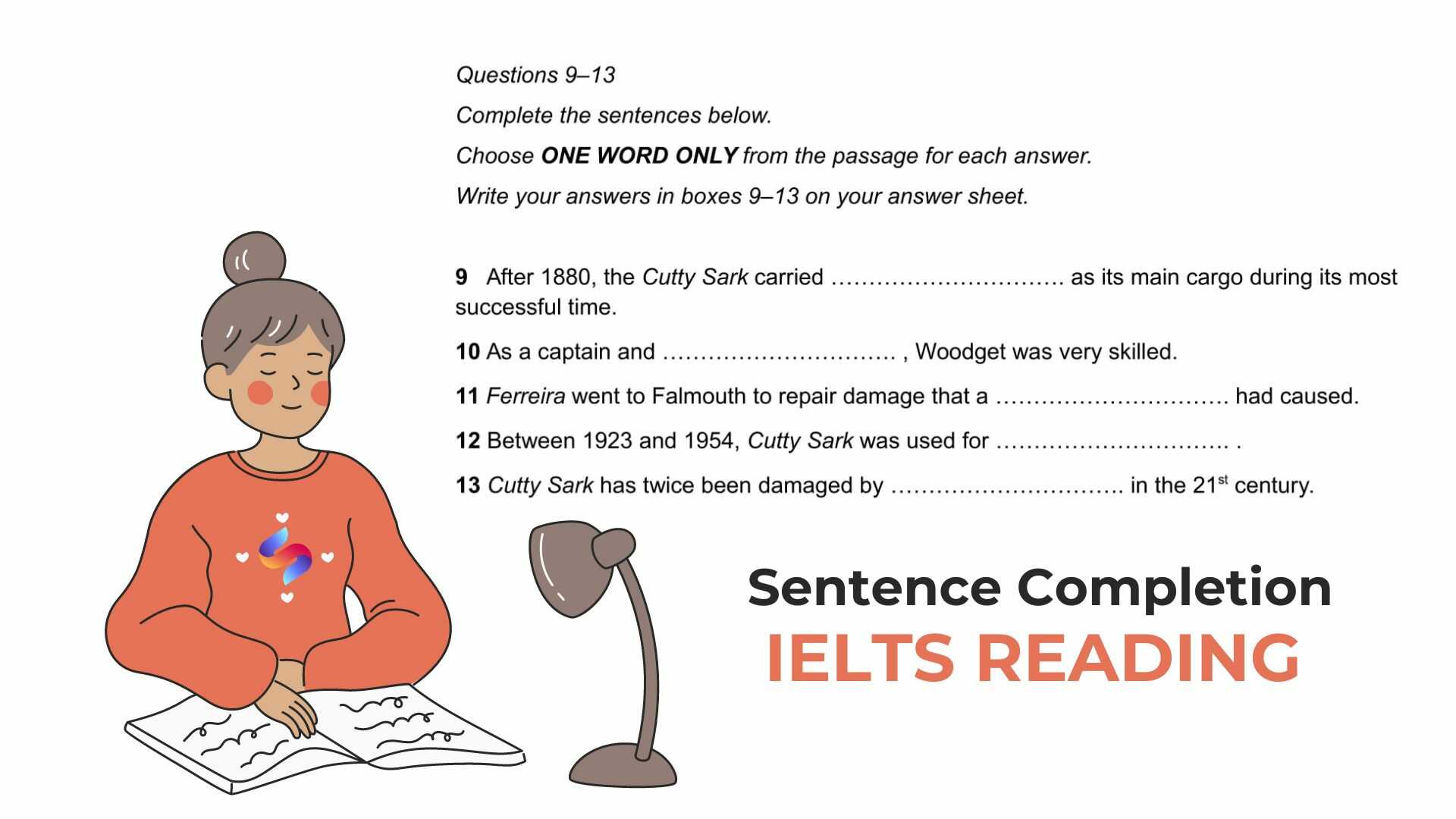
Các bước làm dạng bài Sentence Completion
Bước 1: Đọc hướng dẫn thi: Hãy đọc kỹ số lượng từ được phép điền. Để ý xem câu hỏi có yêu cầu bạn điền đúng các từ lấy từ bài đọc hay không.
Bước 2: Đọc câu hỏi và dự đoán loại từ cần điền vào chỗ trống.
Bước 3: Gạch chân từ khóa: Một mẹo mách nhỏ là từ khóa thường sẽ là người, vật hoặc nơi chốn được đề cập trong câu cần điền. Bên cạnh đó, bạn cũng nên gạch chân các từ “xung quanh” chỗ trống đó, vì có khả năng cao những từ này sẽ được viết theo cách khác bằng các từ đồng nghĩa trong bài Reading.
Bước 4: Tìm đoạn văn bạn cần đọc nhanh nhất có thể dựa trên từ khóa. Lúc này kỹ thuật scanning được sử dụng, bạn hãy bình tĩnh đọc hiểu đoạn văn chứa thông tin đó và xác định các từ được diễn giải.
Bước 5: Điền những từ ĐÚNG vào chỗ trống, nhớ kiểm tra chính tả thật kỹ. Nếu bạn sai một từ, điều đó có nghĩa là bạn sẽ không nhận được điểm cho toàn bộ câu hỏi. Vì vậy, hãy làm bài thật cẩn thận nhé!
Lưu ý & các mẹo làm dạng bài này
Để làm điều này, bạn cần chú ý đến những lời khuyên sau:
Học kỹ năng Paraphrasing và tìm từ đồng nghĩa. Diễn giải là kỹ năng viết lại câu bằng cách sử dụng các từ/cụm từ đồng nghĩa. Kỹ năng này quan trọng cho tất cả các phần của IELTS.
Đọc kỹ hướng dẫn để biết số từ cần điền và phân loại từ. Nếu yêu cầu là “NO MORE THAN TWO WORDS”, bạn chỉ được phép viết 1 hoặc 2 từ. Hãy nhớ rằng, viết số cũng phải chính xác nhé!
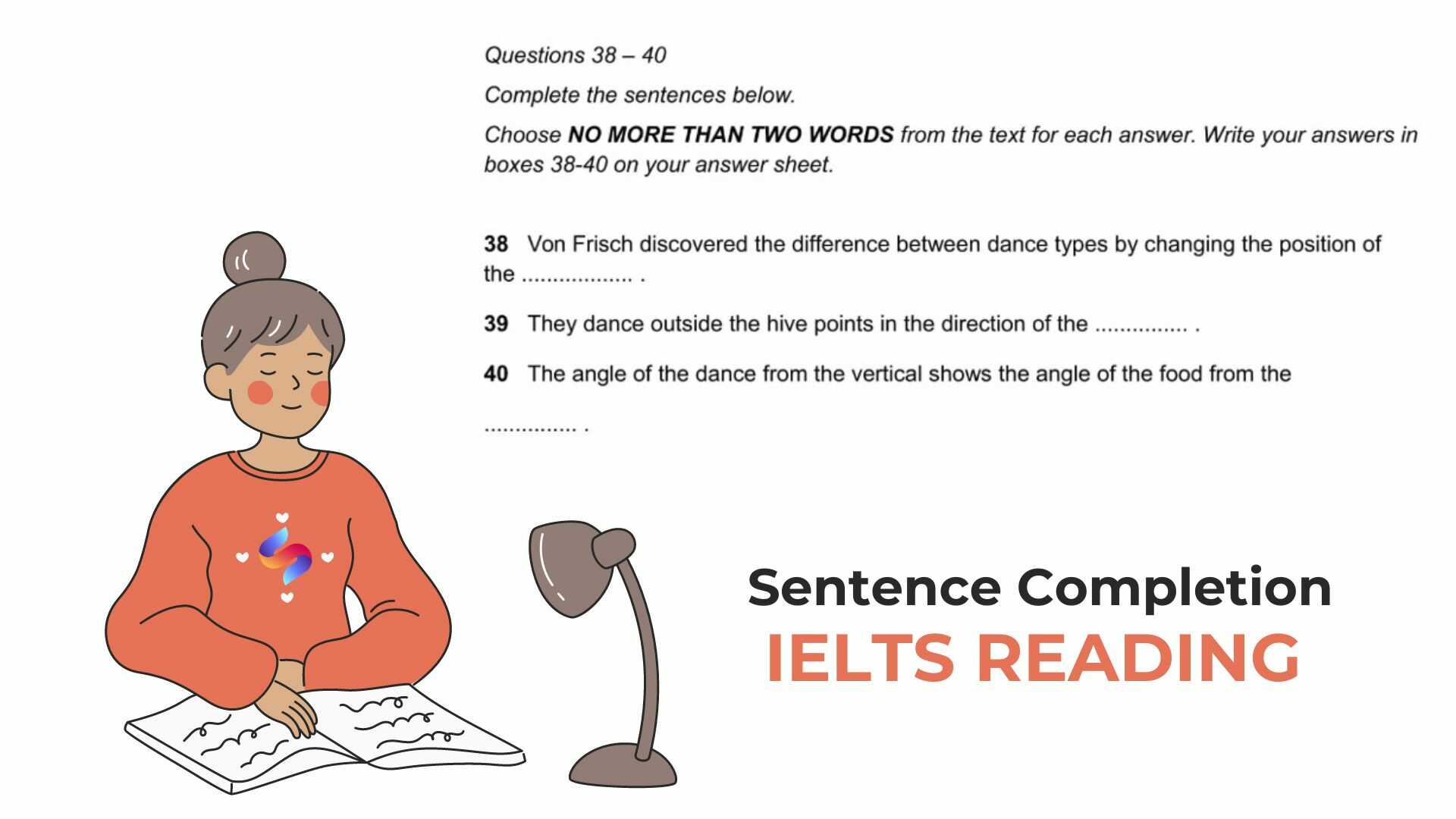
Đọc câu hỏi trước để tìm từ khóa, dự đoán từ đồng nghĩa từ đó để đọc bài. Khi đọc bài viết nên gạch chân các từ khóa, từ đồng nghĩa để hiểu rõ hơn thông tin cần điền
Đôi khi câu hỏi sẽ có nội dung: ‘sử dụng các từ trong văn bản’ hoặc ‘từ văn bản’. Trong trường hợp này, bạn phải sử dụng đúng dạng từ trong bài đọc. Nếu tiêu đề không có thì có nghĩa là bạn được phép thay đổi dạng của từ.
Hãy nhớ rằng câu trả lời của bạn cần phải viết đúng chính tả, vì vậy hãy kiểm tra loại từ ví dụ động từ, danh từ… để đảm bảo câu trả lời chính xác hơn.
Bài tập mẫu Sentence Completion IELTS Reading
THE HISTORY OF TEA
The story of tea begins in China. According to legend, in 2737 BC, the Chinese emperor Shen Nung was sitting beneath a tree while his servant boiled drinking water, when some leaves from the tree blew into the water. Shen Nung, a renowned herbalist, decided to try the infusion that his servant had accidentally created. The tree was a Camellia sinensis, and the resulting drink was what we now call tea. It is impossible to know whether there is any truth in this story. But tea drinking certainly became established in China many centuries before it had even been heard of in the West. Containers for tea have been found in tombs dating from the Han Dynasty (206 BC— 220 AD) but it was under the Tang Dynasty (618—906 AD), that tea became firmly established as the national drink of China.
It became such a favourite that during the late eighth century a writer called Lu Yu wrote the first book entirely about tea, the Ch’a Ching, or Tea Classic. It was shordy after this that tea was first introduced to Japan, by Japanese Buddhist monks who had travelled to China to study. Tea received almost instant imperial sponsorship and spread rapidly from the royal court and monasteries to the other sections of Japanese society.
So at this stage in the history of tea, Europe was rather lagging behind. In the latter half of the sixteenth century there are the first brief mentions of tea as a drink among Europeans. These are mosdy from Portuguese who were living in the East as traders and missionaries. But although some of these individuals may have brought back samples of tea to their native country, it was not the Portuguese who were the first to ship back tea as a commercial import. This was done by the Dutch, who in the last years of the sixteenth century began to encroach on Portuguese trading routes in the East. By the turn of the century they had established a trading post on the island of Java, and it was via Java that in 1606 the first consignment of tea was shipped from China to Holland. Tea soon became a fashionable drink among the Dutch, and from there spread to other countries in continental western Europe, but because of its high price it remained a drink for the wealthy.
Britain, always a little suspicious of continental trends, had yet to become the nation of tea drinkers that it is today. Starting in 1600, the British East India Company had a monopoly on importing goods from outside Europe, and it is likely that sailors on these ships brought tea home as gifts. The first coffee house had been established in London in 1652, and tea was still somewhat unfamiliar to most readers, so it is fair to assume that the drink was still something of a curiosity. Gradually, it became a popular drink in coffee houses, which were as much locations for the transaction of business as they were for relaxation or pleasure. They were though the preserve of middle- and upper- class men; women drank tea in their own homes, and as yet tea was still too expensive to be widespread among the working classes. In part, its high price was due to a punitive system of taxation.
One unforeseen consequence of the taxation of tea was the growth of methods to avoid taxation—smuggling and adulteration. By the eighteenth century many Britons wanted to drink tea but could not afford the high prices, and their enthusiasm for the drink was matched by the enthusiasm of criminal gangs to smuggle it in. What began as a small time illegal trade, selling a few pounds of tea to personal contacts, developed by die late eighteenth century into an astonishing organised crime network, perhaps importing as much as 7 million lbs annually, compared to a legal import of 5 million lbs! Worse for die drinkers was that taxation also encouraged the adulteration of tea, particularly of smuggled tea which was not quality controlled through customs and excise. Leaves from other plants, or leaves which had already been brewed and then dried, were added to tea leaves. By 1784, the government realised that enough was enough, and that heavy taxation was creating more problems than it was wordi. The new Prime Minister, William Pitt the Younger, slashed the tax from 119 per cent to 12.5 per cent. Suddenly legal tea was affordable, and smuggling stopped virtually overnight.
Another great impetus to tea drinking resulted from the end of the East India Company’s monopoly on trade with China, in 1834. Before that date, China was the country of origin of the vast majority of the tea imported to Britain, but the end of its monopoly stimulated the East India Company to consider growing tea outside China. India had always been the centre of the Company’s operations, which led to the increased cultivation of tea in India, beginning in Assam. There were a few false starts, including the destruction by cattle of one of the earliest tea nurseries, but by 1888 British tea imports from India were for the first time greater than those from China.
The end of the East India Company’s monopoly on trade with China also had another result, which was more dramatic though less important in the long term: it ushered in the era of the tea clippers. While the Company had had the monopoly on trade, there was no rush to bring the tea from China to Britain, but after 1834 the tea trade became a virtual free for all. Individual merchants and sea captains with their own ships raced to bring home the tea and make the most money, using fast new clippers which had sleek lines, tall masts and huge sails. In particular there was competition between British and American merchants, leading to the famous clipper races of the 1860s. But these races soon came to an end with the opening of the Suez canal, which made the trade routes to China viable for steamships for the first time.
Questions 1 – 7
Complete the sentences below with words taken from Reading Passage. Use ONE WORD for each answer.
Write your answers in boxes 1-7 on your answer sheet.
1. Researchers believed the tea containers detected in ……………….. from the Han Dynasty was the first evidence of the use of tea.
2. Lu Yu wrote a………………..about tea before anyone else in the eighth century.
3. It was………………..from Japan who brought tea to their native country from China.
4. Tea was carried from China to Europe actually by the…………………
5. The British government had to cut down the taxation on tea due to the serious crime of…………………
6. Tea was planted in………………..besides China in the 19th century.
7. In order to compete in shipping speed, traders used………………..for the race.
Đáp án và giải thích
1. Đáp án: tombs
Từ cần điền tìm được ở câu văn cuối của đoạn văn đầu tiên “Containers for tea have been found in tombs dating from the Han Dynasty …”
2. Đáp án: book
Từ cần điền tìm được ở câu đầu tiên của đoạn văn thứ 2 “It became such a favourite that during the late eighth century a writer called Lu Yu wrote the first book entirely about tea …”
3. Đáp án: monks
Từ cần điền tìm được ở câu thứ hai của đoạn văn trên “It was shordy after this that tea was first introduced to Japan, by Japanese Buddhist monks who had travelled to China …”
4. Đáp án: Dutch
Từ cần điền tìm được ở đoạn giữa của đoạn văn thứ 3 “This was done by the Dutch, who in the last years of the sixteenth century began to encroach on Portuguese trading routes …”
5. Đáp án: smuggling
Từ cần điền tìm được ở câu đầu tiên của đoạn văn thứ 5 “One unforeseen consequence of the taxation of tea was the growth of methods to avoid taxation—smuggling and adulteration”.
6. Đáp án: India
Từ cần điền tìm được ở đoạn văn thứ 6 “India had always been the centre of the Company’s operations, which led to the increased cultivation of tea in India, beginning in Assam”.
7. Đáp án: clippers
Từ cần điền tìm được ở đoạn văn thứ 7 “Individual merchants and sea captains with their own ships raced to bring home the tea and make the most money, using fast new clippers …”
Như vậy bạn đã vừa khám phá chi tiết dạng bài Sentence Completion với chiến lược và các bước làm chi tiết để đạt điểm tối đa khi gặp dạng bài này trong phòng thi. Nếu bạn đang thắc mắc học IELTS ở đâu tốt? hay giá khóa học IELTS là bao nhiêu? đừng ngại liên hệ với Smartcom English để được giải đáp chi tiết nhé!
Đặt câu hỏi ngay: Zalo Chat

Xem thêm các dạng bài IELTS Reading thường gặp:
Kết nối với mình qua
Bài viết khác

![[PDF + Audio] Tải Sách IELTS Cambridge 19 (Kèm đáp án)](https://smartcom.vn/blog/wp-content/uploads/2024/06/ielts-cambridge-19_optimized.png)


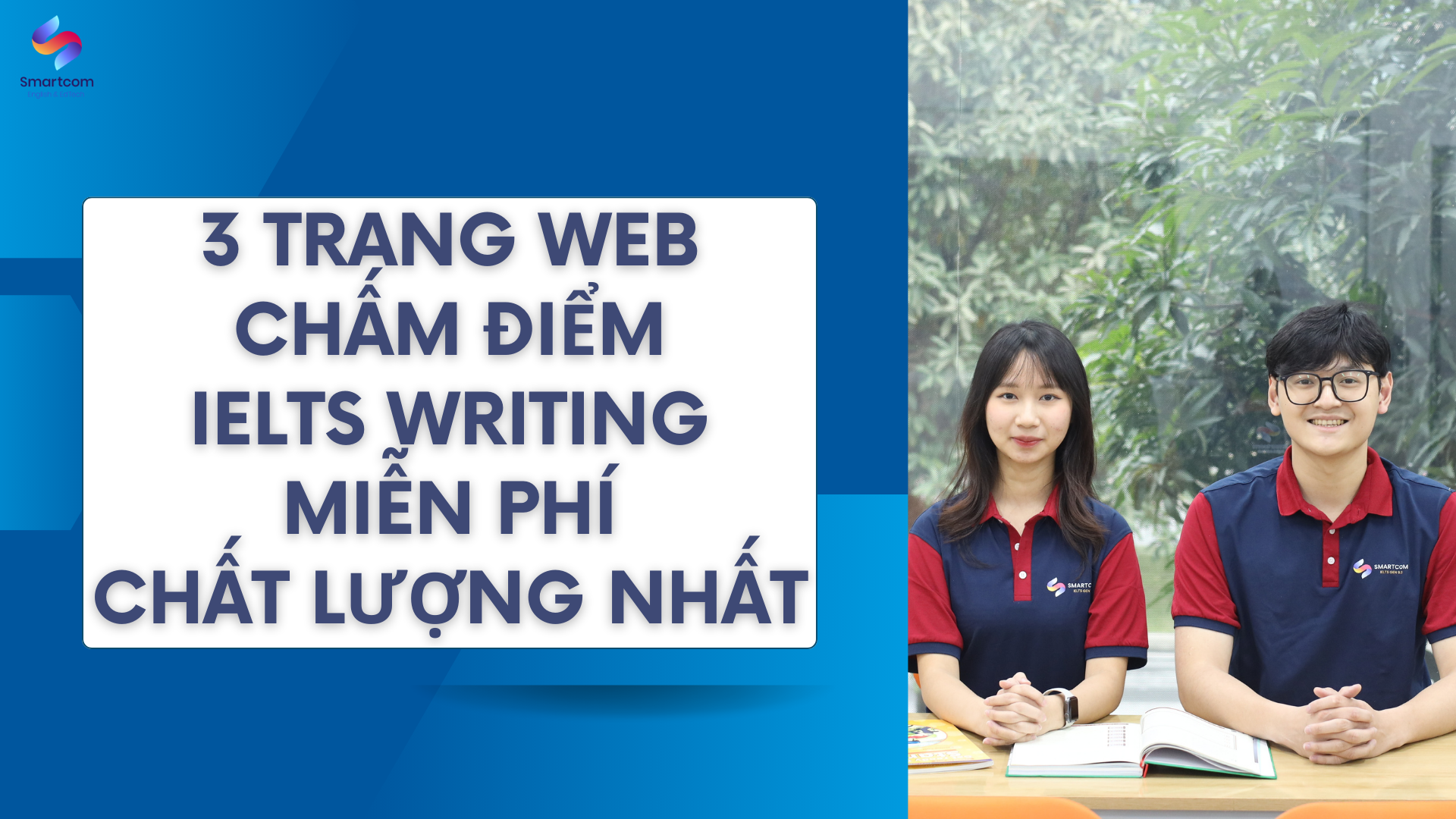
![[PDF + Audio] Tải Sách IELTS Cambridge 17 (Kèm đáp án)](https://smartcom.vn/blog/wp-content/uploads/2024/07/sach-ielts-cambridge-17_optimized.jpg)
![[PDF + Audio] Tải Sách IELTS Cambridge 15 (Kèm đáp án)](https://smartcom.vn/blog/wp-content/uploads/2024/07/ielts-cambridge-15_optimized.jpg)
